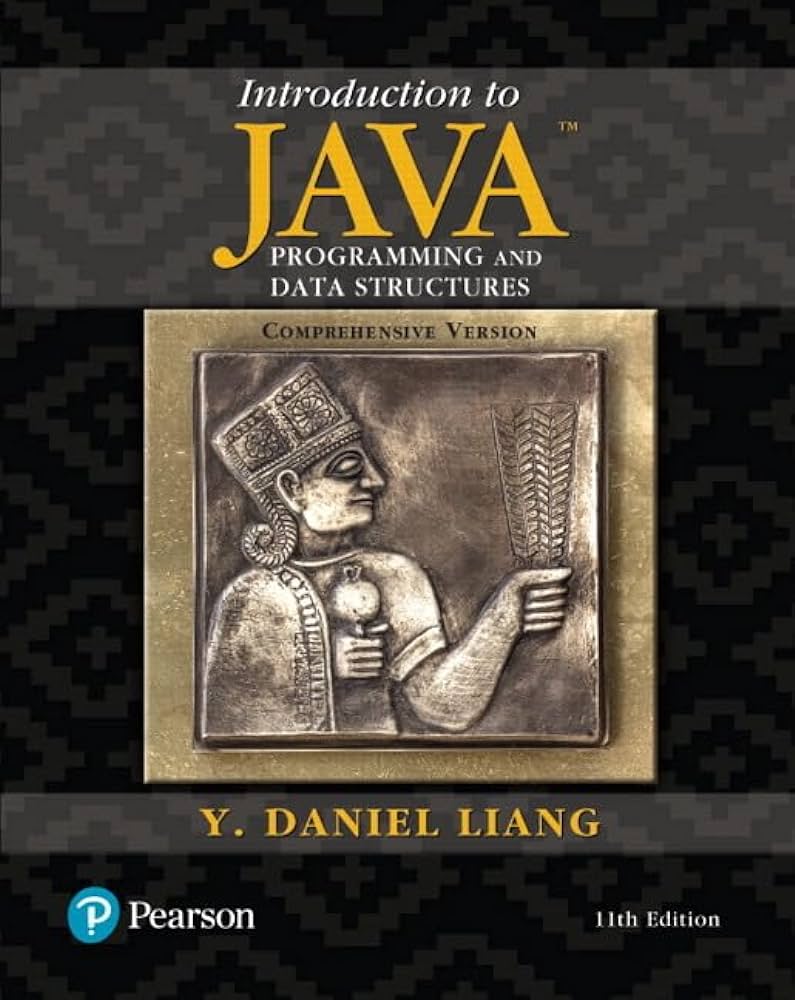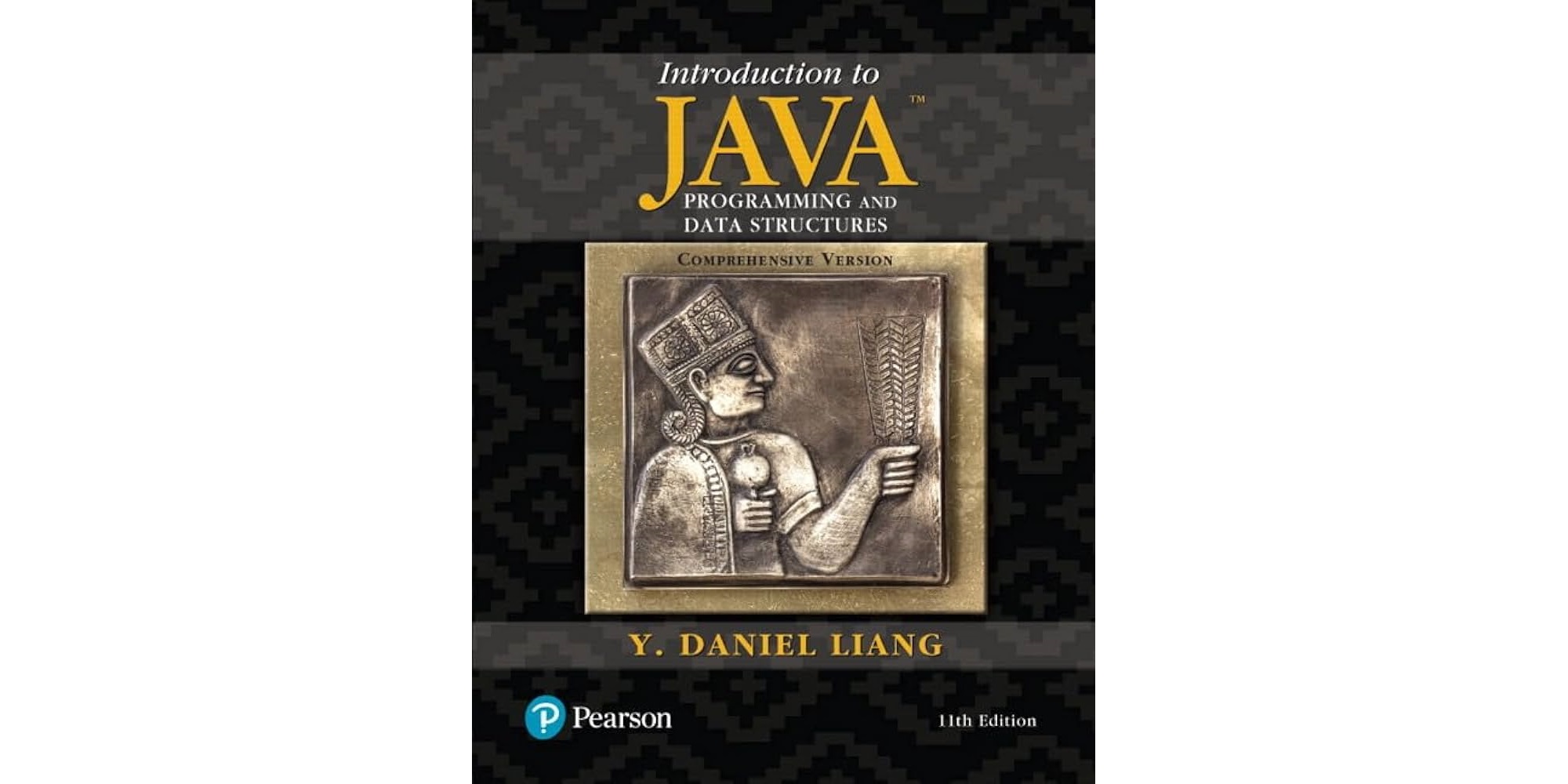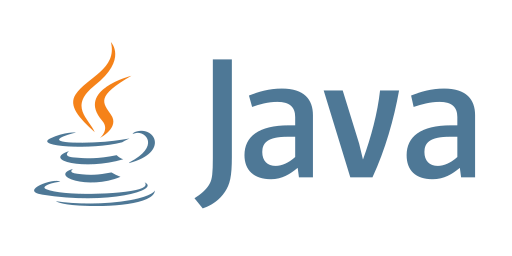Introduction to Java Programming Chapter 1 to 8 Review
This blog will serve as the beginning of my notes while reading “Introduction to Java Programming and Data Structures” by Y Daniel Liang.

Chapter 1
1.1 - 1.5
This part is too easy so there is not so much to mention.
1.6
- The Java language specification is a technical definition of the Java programming language’s syntax and semantics.
- The application program interface (API), also known as library, contains predefined classes and interfaces for developing Java programs.The API is still expanding.
- Java SE, Java EE and ME
- Java Standard Edition a.k.a Java SE.
- Java Enterprise Edition a.k.a Java EE.
- Java Micro Edition a.k.a Java ME.
- The Java Development Kit (JDK), consists of a set of separate programs, each invoked from a command line, for compiling, running and testing Java programs.
- The program for running Java programs is known as JRE (Java Runtime Environment). Instead of using JDK directly, you can use some other development tools (Eclipse etc) that provide an integrated development environment (IDE).
- In this book, we will use Java SE 8. And Oracle releases each version of Java SE with a JDK. For Java SE 8, the JDK is called JDK 1.8 (a.k.a Java 8 or JDK 8).
1.7
As the name suggests (a simple java program), it’s very simple. No need to write anything.
1.8
You save a Java programin in a .java file and compile it into a .class file. The .class file is executed by the Java Virtual Machine (JVM)
javac Source.java
In this step, your source code will be compiled into the java bytecode file with a.classextension. This java bytecode is a low-level language and it is similar to machine instructions but is architecture neutral and can run on any platform that has a Java Virtual Machine (JVM).java Source.class
Now, you may use the JVM, which is an interpreter to execute the bytecode.
1.9 - 1.12
Nothing important.
Chapter 2
- The plus sign
+can also be a string concatenation operator. e.g.System.out.println("1 + 1 = " + 2); - To read in Java, we can use
import java.util.Scanner; // ... Scanner input = new Scanner (System.in); double radius = input.nextDouble();Note that
.nextDouble()method can be changed to other types, like.nextInt(). - To name a constant in Java, we can use the keyword
final//... final double PI = 3.14159;Note that a constant must be declared and initialized in the same statement.
Chapter 3
- In Java, there is a
booleandatatype and the boolean variable can be eithertrueorfalse. You cannot regard nonzero value as true and zero as false!boolean lightsOn = true; - In Java, we also have dangling
elseambiguity problem, which is very similar to C. That is theelseclause will always match the most recent unmatchedifclause in the same block.//... int i = 1, j = 2, k = 3; if (i > j) if (i > k) System.out.println("A"); else System.out.println("B");This code snippet is equivalent the code below
// ... int i = 1, j = 2, k = 3; if (i > j) if (i > k) System.out.println("A"); else System.out.println("B"); - In Java, we must also pay attention to the equality test of two floating-point values. For example,
// ... double x = 1 - 0.1 - 0.1 - 0.1 - 0.1 - 0.1; System.out.println(x == 0.5);In this code snippet, the final output is
falsesince x actually is0.50000001. To avoid this problem, we can set $\lvert x - y\rvert < \epsilon$, where $\epsilon$ is a very small value, to test that whehter x is approximate to 0.5
Chapter 4
- The
Mathclass is very useful. To use that class, you don’t need to import. Just useMath.method_name()to invoke the method you want to use. - In Java, character is always enclosed in single quotation marks
' '. And string is always enclosed in double quotation marks" ". And a char in Java takes 2 bytes. - The
Characterclass is also very useful, it contains some functions help you decide whether a character is uppercase or lowercase etc, which is a bit similar toctype.hin C. - In Java, there is a data type called
Stringso that you can define the string as followsString message = "Welcome to Java";The string methods can only be invoked from a specific string instance. For example
message.length(); - In Java,
' ',\t,\f,\rand\nare called whitespace characters. - To read a string from console, we can use either
.next()or.nextLine(). The difference is that.next()will read individual elements seperated by whitespace characters while the.nextLine()read elements seperated by an entire line only.
Chapter 5
Loops in Java are totally the same with C. Nothing to record.
Chapter 6
- The meaning and use of method in Java is similar to the use of function in C.
- A “Call Stack”, a.k.a execution stack, runtime stack or machine stack, is often shortened to just “the stack”.
- In Java, the overloading methods enables you to define the methods with the same name as long as their parameter lists are different. For example,
// Method 1 public static int max(int num1, int num2) { // ... } // Method 2 public static int max(double num1, double numb2) { // ... } // Method 3 public static int max(double num1, double num2, double num3) { // ... }Due to this property, the compiler will find the method that best matches a method invocation. But the ambiguous invocation may also appear and the compiler will output a compile error if encounters the ambiguous invocation.
Chapter 7
- Create an array in Java
- Create the array reference var. This is similar to creating a pointer in C.
// Usage elementType[] arrayRefVar; // Example double[] myList;Note that when defining the reference variable, there is no need to specify the length of the array.
- Create the array. This is similar to allocate memory and then store the starting address of that memory in the pointer variable in C.
// Usage arrayRefVar = new elementType[arraySize]; // Example myList = new double[10]; - We can also combine the step 1 and step 2 together
// Usage elementType[] arrayRefVar = new elementType[arraySize]; // Example double[] myList = new double[10]; // Using Initializer double[] myList2 = {1.0, 2.0, 3.0};- When you create an array, the array elements are automatically initialized to zero for numeric types, false for boolean types.
- The Initializer must be used in one line.
- Create the array reference var. This is similar to creating a pointer in C.
- Foreach Loops
Java supports a convenient way to iterate through the elements of an array. This is known as the enhanced for loop or the foreach loop. For example,// Usage for (elementType element: arrayRefVar) { // ... } // Example for (double e: myList) { System.out.println(e); }The
eis the variable that will be assigned to each element of the array in each iteration. - In Java, the array supports variable-length, which means the following is valid.
Scanner input = new Scanner(); int n = input.nextInt(); double[] numbers = new double[n]; - In Java, when passing an array to a method, the reference of the array is passed to the method. For example
// Define the method public static void printArray(int[] array) { for (int i = 0; i < array.length; i++) { System.out.print(array[i] + " "); } } // Call the method printArray(new int[]{1, 2, 3, 4, 5});In this example, we pass an anonymous array to the method
printArray(). - In Java, the
java.util.Arrayclass contains many useful methods, likeing sorting and searching. - In Java, when you pass command-line arguments, these arguements are stored at the String array called
argsand you can useargs[index]to access each argument and the index starts from 0.
Chapter 8
To create a two-dimensional array using an array initializer, we can use the syntax below
elementType[][] arrayVar = {{row values}, ..., {row values}};



